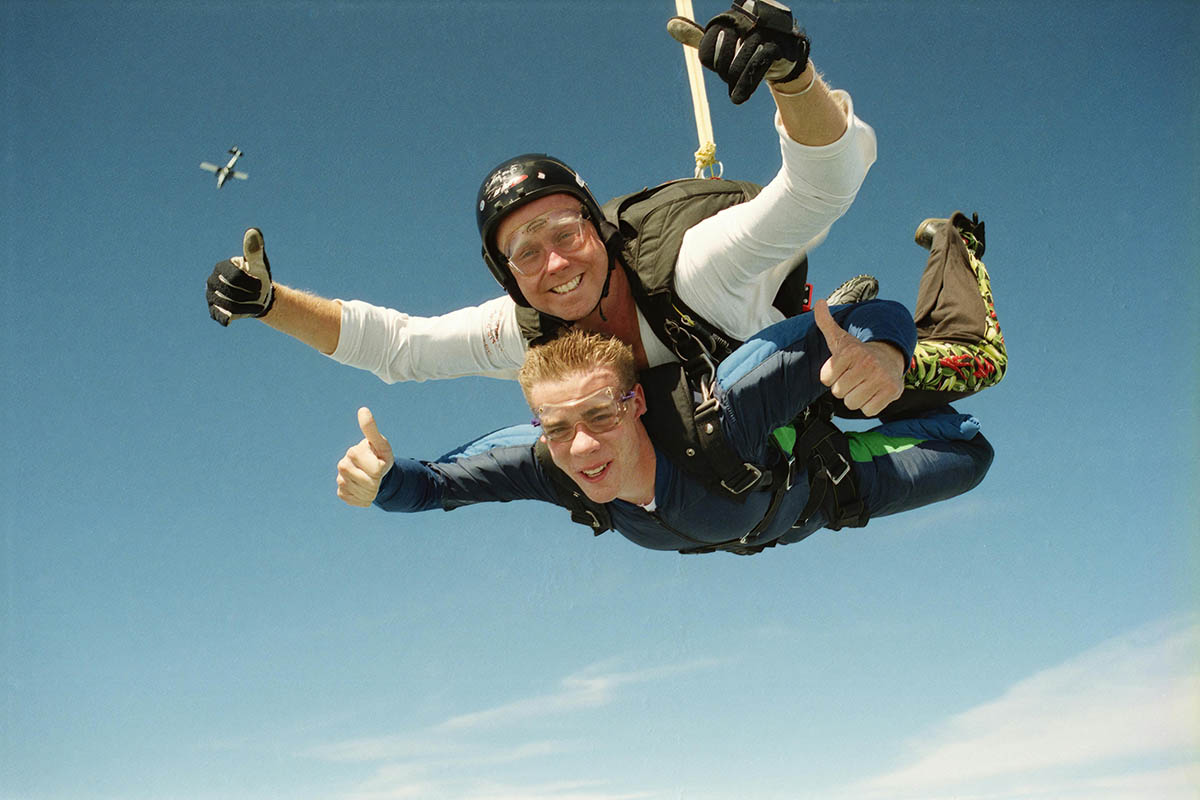How To Onboard Guests Into Dangerous Activities/Events
KEY POINTS
- Vetting and Waivers: It’s crucial for businesses involving physical risks to implement thorough vetting and waivers to understand and mitigate liabilities. This includes verifying clients’ age and health conditions to prevent accidents.
- Clear, Accessible Information: Providing clear, digestible information about the activities and potential risks helps ensure clients are well informed. Utilizing tools like printed brochures and conducting pre-activity briefings can aid in communicating safety protocols effectively.
- Comprehensive Training: Offering detailed safety training sessions before engaging in any high-risk activities is essential. This prepares clients and reinforces the business’s commitment to safety, helping maintain a trustworthy reputation.
It’s fair to say that most businesses out there aren’t in the business of exposing you to danger. Many consider this to be one of the worst possible outcomes they could offer you.
But in some companies, here and there, it’s the entire business model.
Skydiving services, for example, are considered to be incredibly safe, well-thought-out, and staffed by passionate professionals who know exactly how to minimize risk.
That doesn’t change that they’re jumping out of a plane with their clients on a near-daily basis. No matter how much risk has been mitigated, the danger is present and ready, ever-willing for the professional or wider systems to slip up.
Severe or repeated errors can lead to catastrophic results, as we saw with the bone-chilling Titan explorer submersible scandal that rocked the news cycle last year.
Now, we can’t offer a full guide on the safety responsibilities of your business regarding your chosen practice, be that hot air balloon rides, bridge walks, bungee jumps, or whatever else you’ve been licensed to carry out. We can, however, provide some tips for onboarding new clients. Let’s consider that, below:
Vetting & Waivers
Sure, it’s essential to implement waivers so that clients agree they understand the risk. However, waivers do not prevent you from being liable for criminal negligence.
For example, if you don’t vet age through identity or don’t make clients declare health concerns, then bungee jumping someone with heart problems could lead to issues.
If you’ve been lied to, then generally, you’re safe, but having responsible vetting protocols in advance is key. It will help you avoid any unhappy accidents.
Essential, Digestible Information
It’s also important to make the information about your brand and its practice clear and not info-dump on your guests to the point where they feel unsure of how to operate.
Folded brochure printing can help you offer a welcoming guide, including what to bring, the itinerary of the day or what to prepare in advance, and any qualifiers you need, such as remembering to declare any health conditions.
This way, you can make certain your safety advice doesn’t fall on deaf ears. A questionnaire or small test to make sure information has been retained is another good way to ensure everyone is prepared.
Full Training Seminars & Safety Guides
A full safety seminar or training session is key. Before you skydive, you tend to undergo a small safety course detailing how to jump out of a plane, what happens when the professional is tied to your back and how they’ll direct you, how to avoid enhancing risk, and the importance of not holding onto the plane before you head out.
We also see this with ski slopes or even using motorized go-karts on tracks. Being safe is important, and a commitment to delivering that information in person will ensure you can vet such individuals in advance.
With this advice, you’ll be certain to onboard guests even for dangerous activities and events while reasserting your caregiving duties.




















